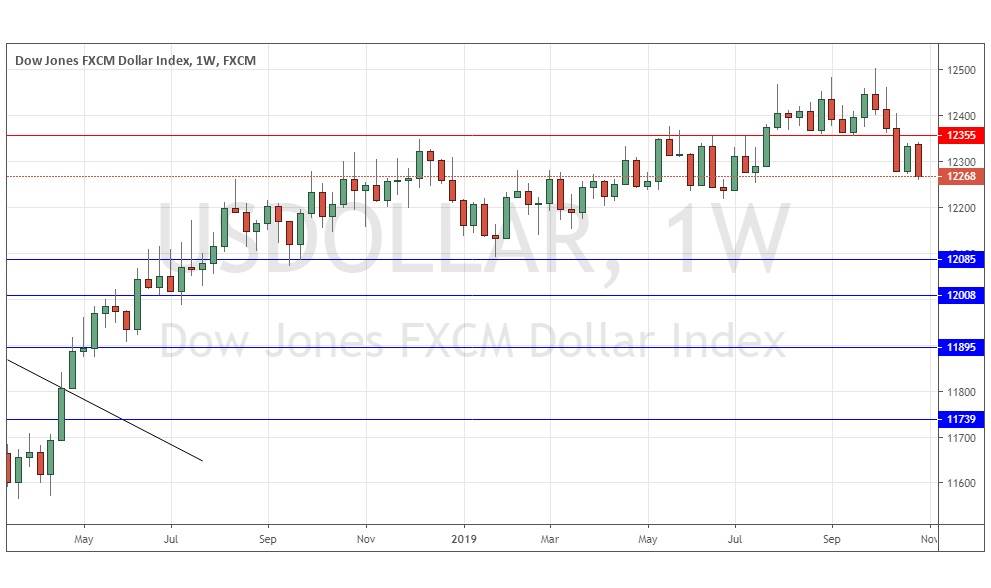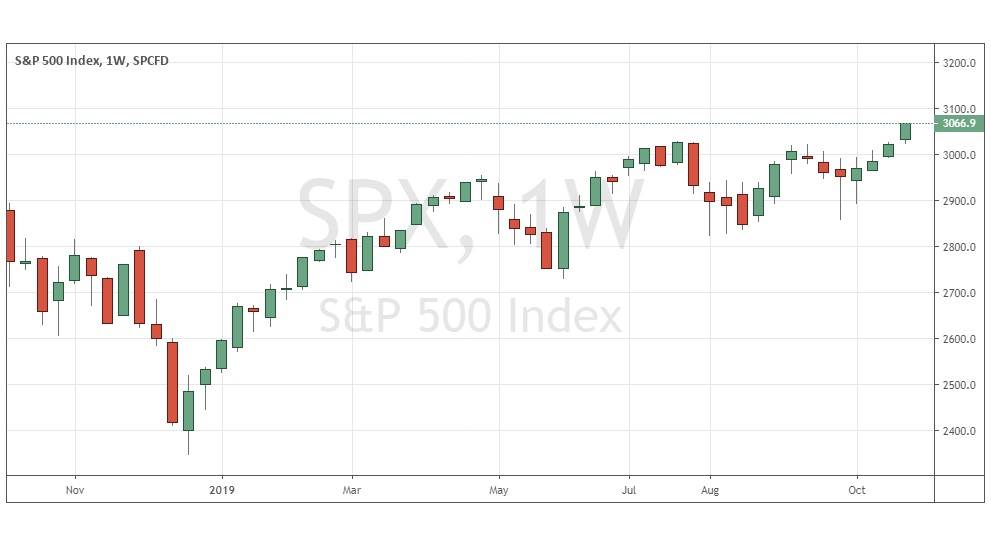The difference between success and failure in Forex trading is very likely to depend upon which currency pairs you choose to trade each week, and not on the exact trading methods you might use to determine trade entries and exits. Each week I am going to analyze fundamentals, sentiment and technical positions in order to determine which currency pairs are most likely to produce the easiest and most profitable trading opportunities over the next week. In some cases, it will be trading the trend. In other cases, it will be trading support and resistance levels during more ranging markets.
Big Picture 3rd November 2019
In my previous piece last week, I forecasted that the best trade would be long of USD/JPY upon the close of a bullish daily candlestick above 109.00. This never happened so there was no trade. In fact, this level turned out to be a key pivotal point which could have been used to enter a short trade following the failure of the false breakout immediately after the U.S. Federal Reserve’s statement was released.
Last week’s Forex market saw the strongest rise in the relative value of the Australian Dollar, and the strongest fall in the relative value of the Canadian, but the values were small.
Fundamental Analysis & Market Sentiment
Fundamental analysts are still split over whether last week’s quarter-point cut in the U.S. interest rate will be the last cut for a while, or whether the Federal Reserve will follow up with a further quarter-point cut over the near term.
The U.S. economy is still growing, but there are increasing fears of a pending recession, with the FOMC recently opining that the probability of a recession has grown. There are also worrying signs of a slowing in retail sales in several economic sectors. However, the benchmark U.S. stock index, the S&P 500, ended the week at an all-time high price, boosted by signals from the U.S. administration that a resolution of its trade dispute with China is moving closer towards a positive resolution. On the other hand, the U.S. Dollar Index has continued to weaken.
Last week saw the Forex market focus on the U.S. Dollar, the Japanese Yen, and the Bank of Canada. The only real surprise within the central bank releases concerning all three was the Bank of Canada downgrading its forecast concerning economic growth, which hit the Canadian Dollar. The U.S. weakened, while the Japanese Yen strengthened after the USD/JPY currency pair failed to get established above long-term resistance at 109.00.
Technical Analysis
U.S. Dollar Index
The weekly price chart below shows last week printed a slightly larger than usual bearish outside candlestick, falling further below the new resistance level at 12355, and closing very close to the bottom of its price range. These are bearish signs, suggesting a further fall is likely next week.
S&P 500 Index
The weekly price chart below shows last week printed a bullish candlestick, which closed very near its high at an all-time high price. These are bullish signs, suggesting that the price is likely to rise further over the course of the coming week. Research shows that over the last 50 years, similar closes have indicated a further weekly rise on just under 53% of occasions. However, all-time highs can be prone to sharp selloffs, so it is best to trade long using relatively tight stop losses, and to be guided by shorter-term time frames.
Conclusion
This week I forecast the best trades are likely to be buying any relatively shallow dips in the S&P 500 Index, using tight stop losses. There are no strong momentum setups in the Forex market right now.


